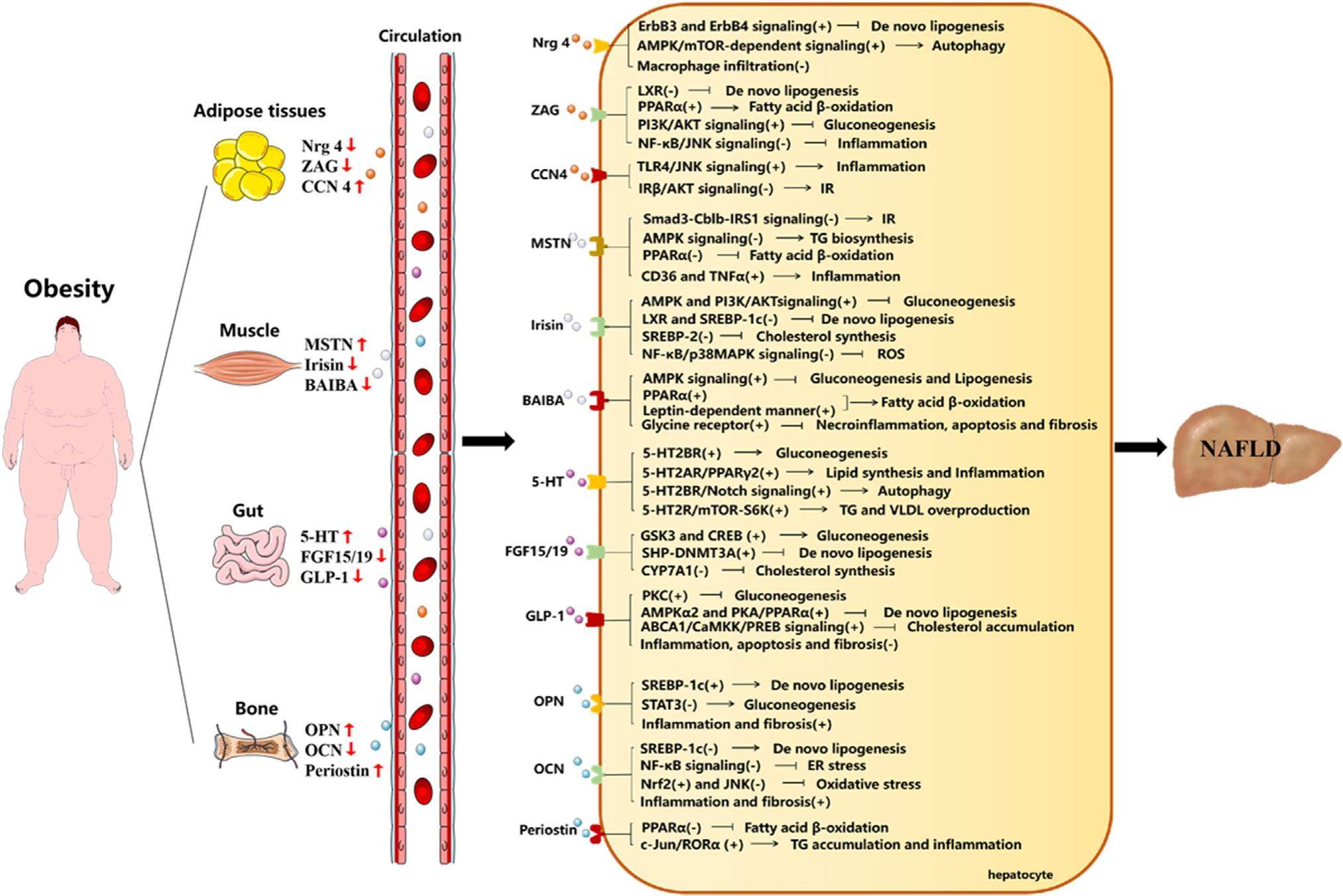
New insight of obesity-associated NAFLD: Dysregulated "crosstalk" between multi-organ and the liver?


Obesity plays a crucial role in the development of non-alcoholic fatty liver disease (NAFLD). However, the underlying mechanism for the pathogenesis of obesity-associated NAFLD remains largely obscure. Although the "multiple hit" theory provides a more accurate explanation of NAFLD pathogenesis, it still cannot fully explain precisely how obesity causes NAFLD. The liver is the key integrator of the body's energy needs, receiving input from multiple metabolically active organs. Thus, recent studies have advocated the "multiple crosstalk" hypothesis, highlighting that obesity-related hepatic steatosis may be the result of dysregulated "crosstalk" among multiple extra-hepatic organs and the liver in obesity. A wide variety of circulating endocrine hormones work together to orchestrate this "crosstalk". Of note, with deepening understanding of the endocrine system, the perception of hormones has gradually risen from the narrow sense (i. e. traditional hormones) to the broad sense of hormones as organokines and exosomes. In this review, we focus on the perspective of organic endocrine hormones (organokines) and molecular endocrine hormones (exosomes), summarizing
systematically how the two types of new hormones mediate the dialogue between extrahepatic organs and liver in the pathogenesis of obesity-related NAFLD.
